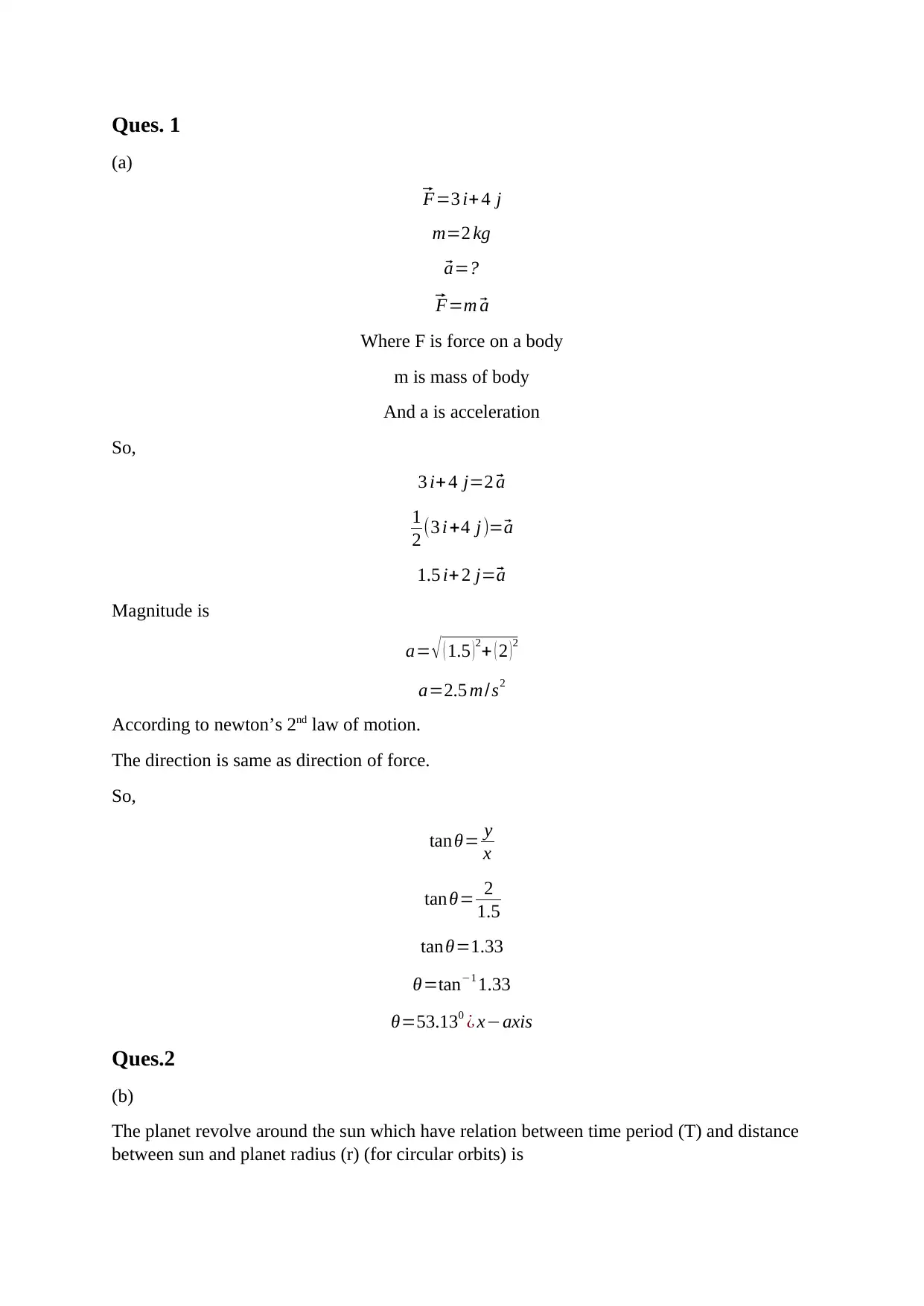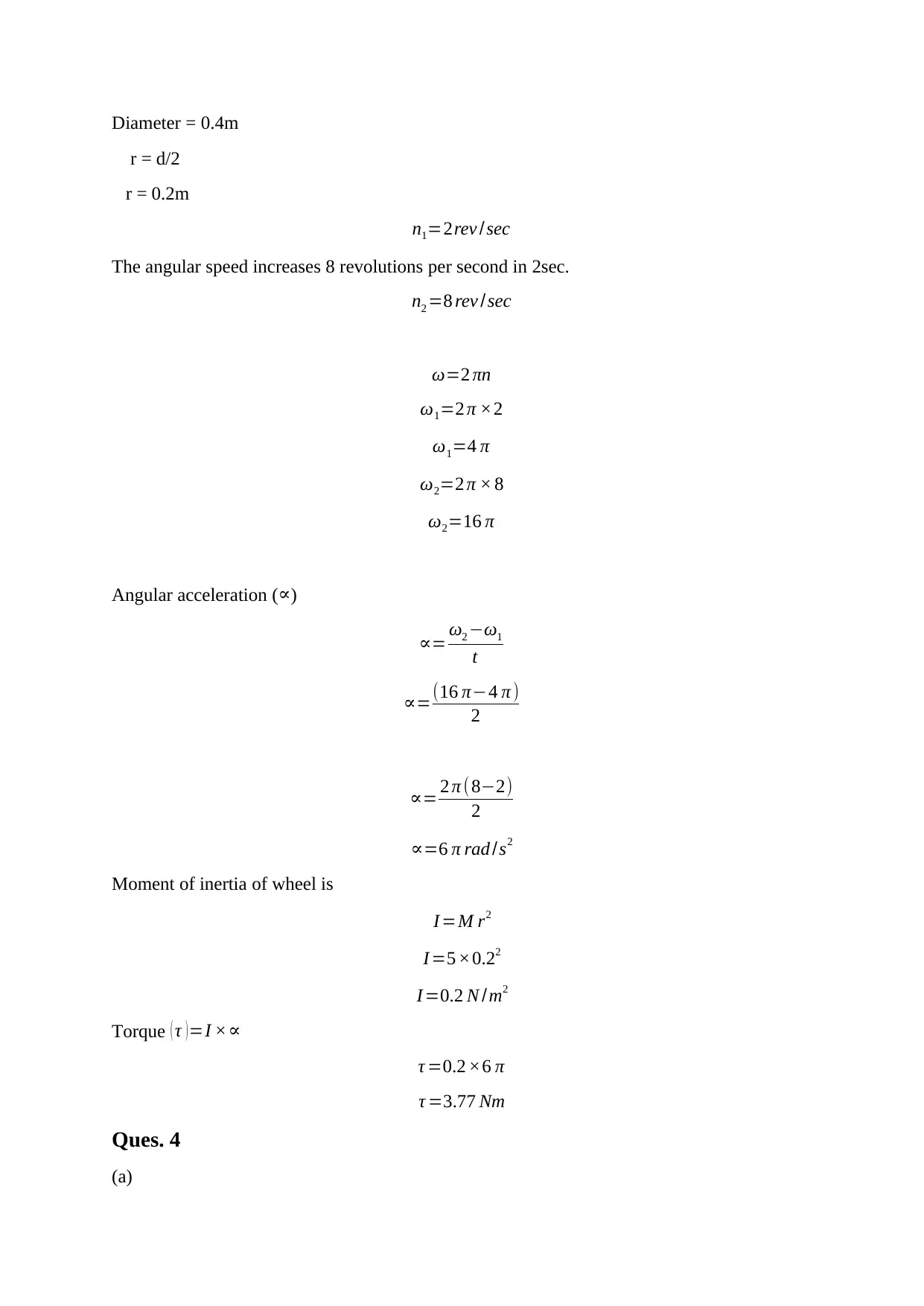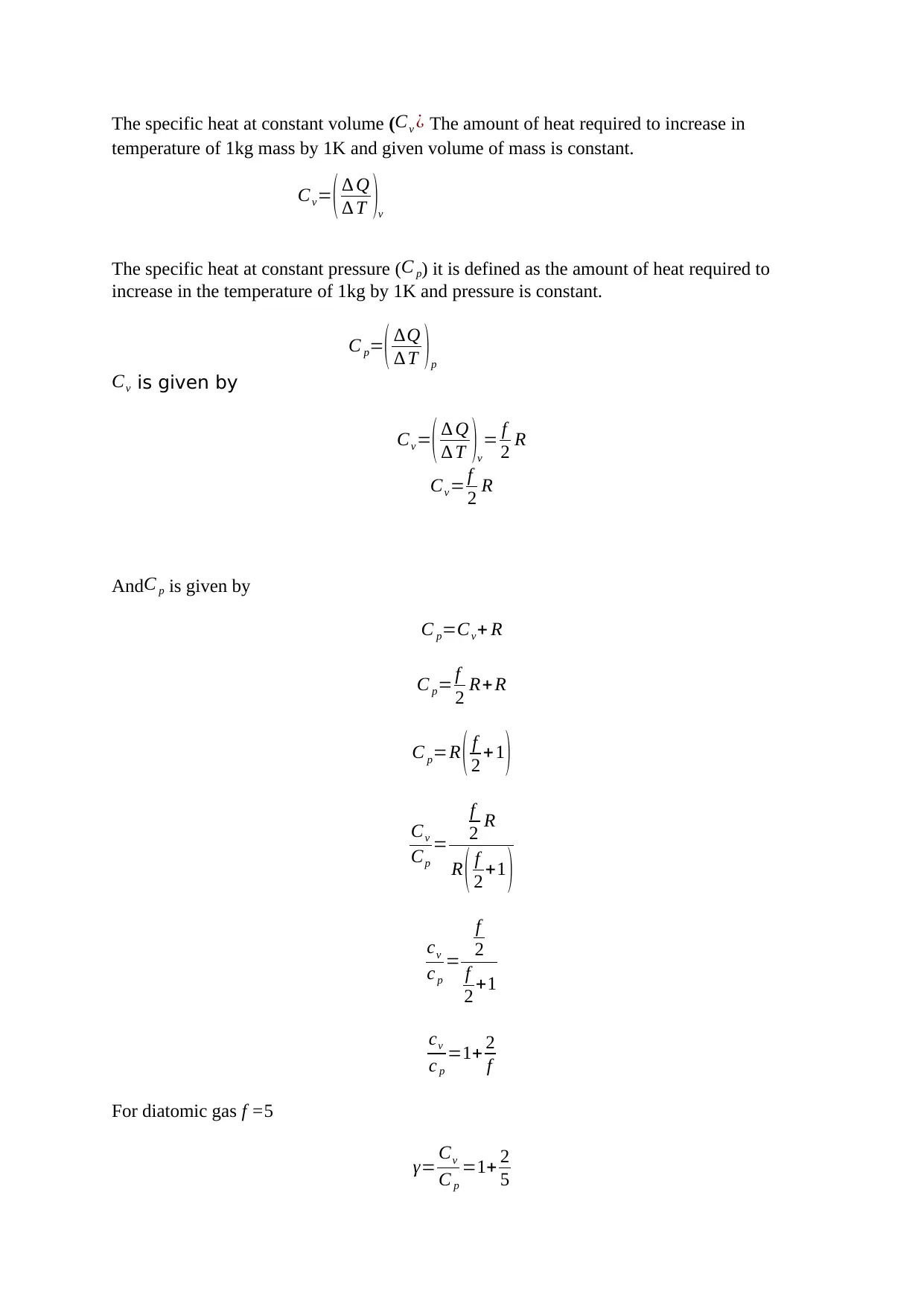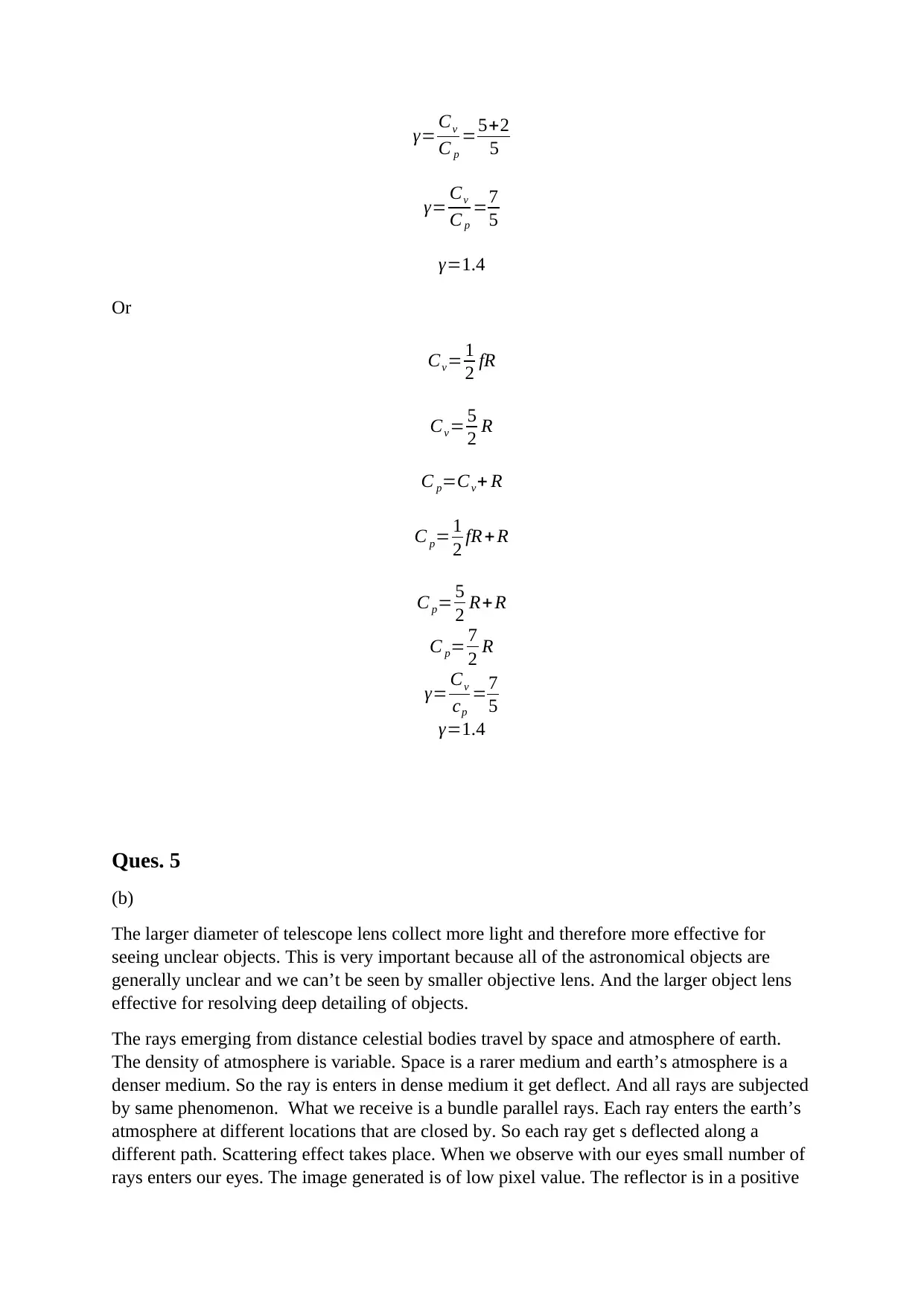Senior Secondary Physics (312) Assignment Solution - NIOS
VerifiedAdded on 2022/10/15
|6
|558
|77
Homework Assignment
AI Summary
This document presents a detailed solution to a senior secondary physics assignment, likely from the National Institute of Open Schooling (NIOS) curriculum. The solution covers a range of physics concepts, including Newton's second law of motion, Kepler's laws of planetary motion, rotational motion, moment of inertia, angular acceleration, specific heat, and the principles of telescopes. The assignment also addresses concepts related to spring constants and gravitational forces. Each question is solved step-by-step, providing explanations and calculations to arrive at the final answers. The assignment covers a wide array of physics topics, making it a valuable resource for students studying the senior secondary physics course.
1 out of 6








![[object Object]](/_next/static/media/star-bottom.7253800d.svg)